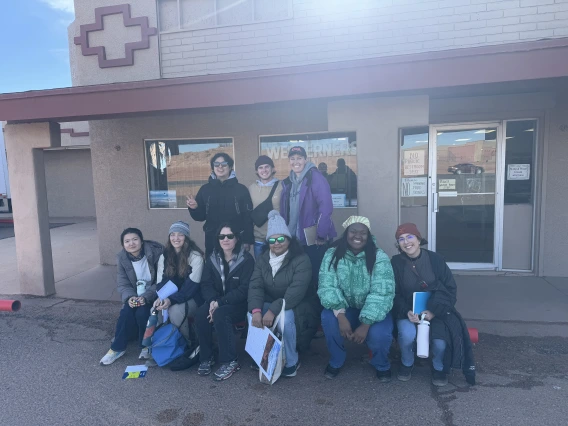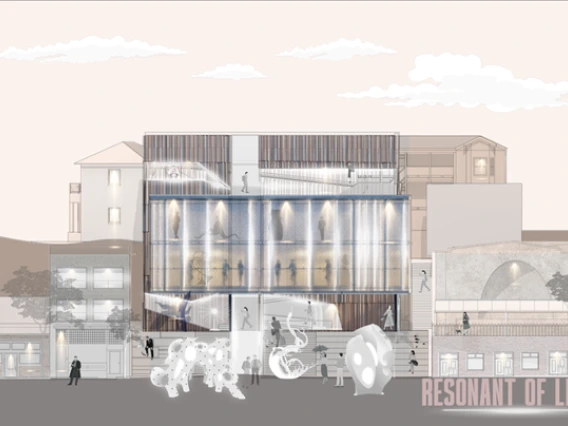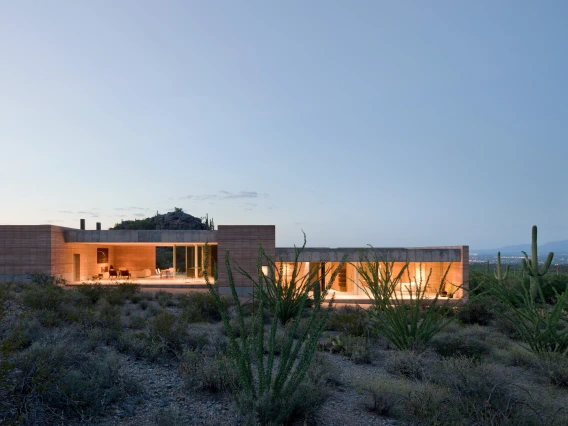City of Tucson Adopts Comprehensive Heat Action Roadmap with UArizona Collaboration
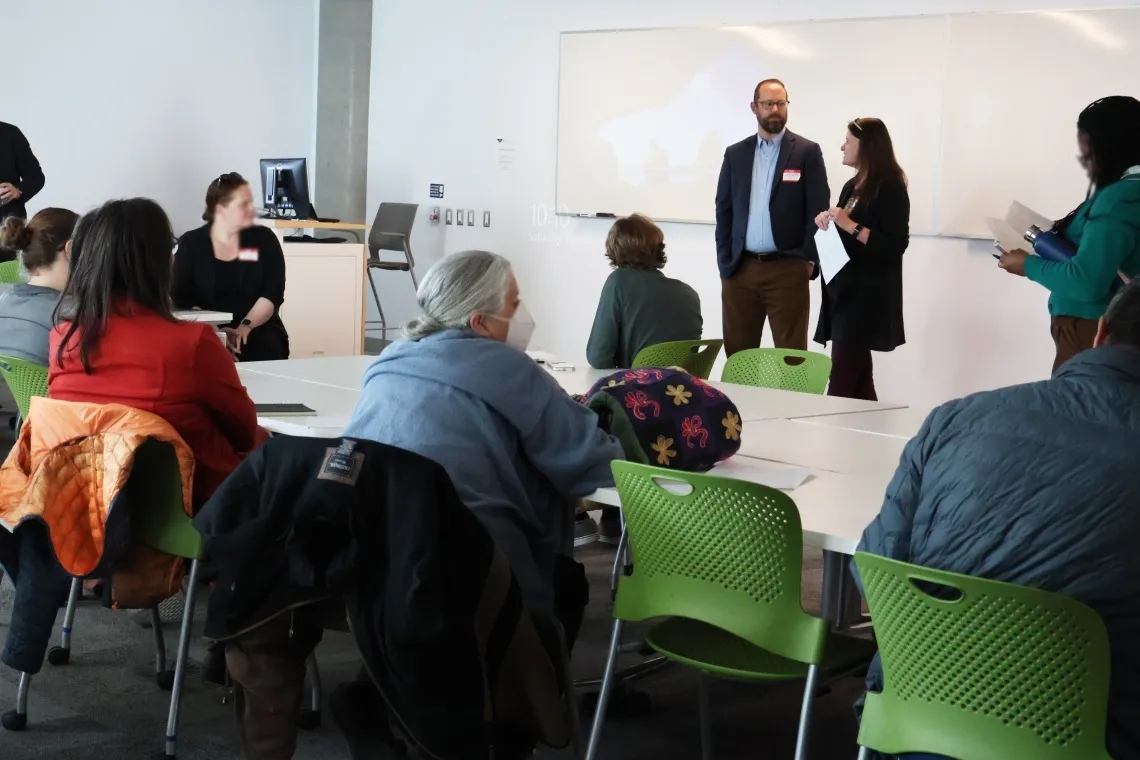
Ladd Keith and Leslie Ethen, Director of the Office of Conservation and Sustainable Development for the City of Tucson, direct a workshop during the 2024 Southern Arizona Heat Planning Summit.
Craig Baker / Udall Center for Studies in Public Policy
Collaborative efforts from City of Tucson leadership and staff, community stakeholders, and University of Arizona faculty to address escalating heat challenges have resulted in the adoption of a newly crafted Heat Action Roadmap and Heat Protection Ordinance for city workers and contractors.
What began with an Emergency Climate declaration and the creation of a Climate Action and Adaptation Plan, the City of Tucson now possesses a set of practical steps to mitigate and manage extreme heat.
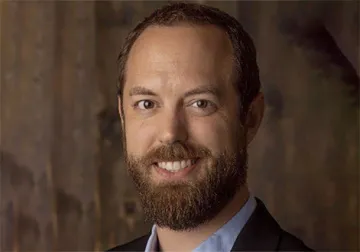
Ladd Keith, University of Arizona Associate Professor of Planning and Sustainable Built Environments.
Ladd Keith, an associate professor of planning and sustainable built environments in the College of Architecture, Planning and Landscape Architecture and an expert in heat policy and planning, emphasized the plan's development benefited greatly from input by various community stakeholders who participated in the Southern Arizona Heat Planning Summit in February.
"All of the community partners and stakeholders coming together in one room to develop strategies for addressing heat was foundational to many of the actions outlined in the Heat Action Roadmap," Keith stated.
The day-long summit was co-organized by the City of Tucson, Pima County, the UArizona CAPLA, Mel and Enid Zuckerman College of Public Health, and the Climate Assessment for the Southwest (CLIMAS) program.
The Roadmap outlines three primary objectives: Informing, Preparing, and Protecting People; Cooling People’s Homes and Community Centers; and Cooling Tucson Neighborhoods. Each objective includes specific actions, further detailed into various steps.
Malini Roy, a postdoctoral student with the Southwest Urban Corridor Integrated Field Laboratory (SW-IFL), helped moderate break out discussions during the summit. She said the summit helped to prioritize the strategies. For example, the effective communication of heat risks and education on heat resilience strategies were recurring themes that directly influenced the Informing, Preparing and Protecting People goal in the Roadmap.
“Engaging with diverse community members and groups validates the planning process,” Roy said. “It connects what our climate models and scientific evidence tell us with what people experience and already know about heat resilience.”
The city has already initiated measures to address these objectives, but the Roadmap formalizes these efforts and aligns them with existing city plans, programs, initiatives, and policies to bolster heat resilience. Keith said the UArizona and its partners will continue to support the city in its heat planning efforts.
Sara Meerow, associate professor in the Arizona State University School of Geographical Sciences and Urban Planning, and SW-IFL researcher also played a pivotal role as a subject matter expert. Together, Keith, Roy and Meerow extensively reviewed the Roadmap in comparison to the Planning for Urban Heat Resilience book, which Keith and Meerow co-authored and published through the American Planning Association in 2022.
Looking ahead, Keith said the approach used with the City of Tucson—partnering and connecting them with various stakeholder groups and translating research into decision-making—is akin to the method they will employ as part of the new Center for Heat Resilient Communities.
Recently funded by the U.S. Department of Commerce and the National Oceanic and Atmospheric Administration, the center will recruit and collaborate with 30 communities across the U.S. to develop and refine policy recommendations and strategies aimed at implementing a framework for community heat resilience planning.
"The Roadmap builds upon much of the research and practices that we at the University of Arizona have explored for heat planning, and many of these approaches can be tailored to the needs of other communities across the country," Keith said.
Roy said she is proud of the City of Tucson’s new Roadmap. It gives her hope to see the growing urgency for equitable and just climate action.
“Climate models tell us, without any doubt, that climate change is happening now,” Roy said. “It adversely impacts the lives of some individuals and zip codes more than others. Urgent local action is needed and can go a long way in limiting catastrophes.”

